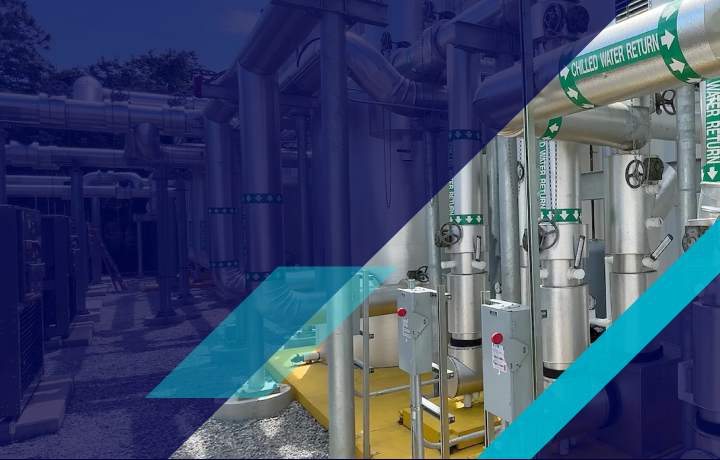Five reasons to move your IT infrastructure out of California
As your business’ IT requirements expand, establishing or increasing your data center footprint in California can be a challenging endeavor.

Colocation space across California is impacted by relatively high costs, low inventory levels, natural disaster risk, and power challenges. Locations nearby, like Oregon, Nevada, Utah, and Arizona, offer many benefits that California does not. Reconsider your approach to data center space and break free from colocation in California.
Here are five reasons to consider the move:
1 - Lower your costs
It’s no secret that nearly everything costs more in California, and colocation space is no exception. The high price tag is driven by the cost of land, buildings, power, insurance, taxes, and the people needed to secure and operate the data centers 24 hours a day. The cost for an acre of land in Silicon Valley is approaching an average of $4.4M, and that’s before you even start construction. By moving your IT infrastructure to a provider outside of California, you may be able to significantly alter operational expenses and redirect your budget to your digital transformation strategy.
Understanding your IT infrastructure costs comes down to not only space and power but also the impact of state-based tax incentives. You may also be able to offset your own costs of staffing by leveraging management and technical services through a data center provider.
2 – Ensure your ability to expand
When data center space is limited, the options for a new or expanded colocation footprint can be dramatically impacted. At the end of 2020, the Silicon Valley market had 292.1 MW of total data center inventory with an average vacancy rate of 2.3% scattered between retail colocation providers. Wholesale colocation inventory is even more constrained and nearly unavailable in northern California. Development of new space has been hindered by the COVID-19 pandemic, the scarcity of land, and the difficulty of getting new power entitlements.
As your business grows and you add new projects, don’t let California's lack of data center availability slow your progress or put your expansion at risk.
3 – Reduce the risk of natural disasters impacting the data center
One of the biggest risks to California data centers is the risk of natural disasters. Earthquakes and regular wildfires can impact the physical space where hardware is collocated and the infrastructure and daily lives of those who secure and manage the space. In addition, the state has experienced a rather regular occurrence of rolling blackouts over the past few years, putting added pressure on data centers to increase their redundancy capabilities.
When it comes to natural disasters, the data center may be able to physically withstand the disaster and continue to operate on generator power. Yet, the bigger concern is the ability of staff to get to the location and for the data center to ensure fuel supplies for the generator. And because 40 of Silicon Valley’s colocation data centers are within 18 square miles of one another, the risk may apply to all the facilities at the same time.
4 – Ensure access to affordable and reliable power
Power is one of the biggest challenges for data center operators in California. Acquiring new or expanding power entitlements to fuel the growth of high-capacity hardware can be difficult. The same physical space can require significantly more power across the data center as hardware is refreshed. If the data center does not have sufficient entitlements, then expansion by way of high-capacity hardware as well as additional space could be limited or unavailable.
The other side of the coin for power challenges is literally the coin. In some locations, the cost of power can be priced at a premium of 40% or more—and even within Silicon Valley, there is a disparity in power pricing. By distributing your colocation footprint beyond California, you can take advantage of better pricing and availability of power to suit your needs.
5 – Not all projects require a Silicon Valley footprint
Needing more data center space doesn’t mean you have to limit yourself to colocation in California. With an updated application profile, moving your IT infrastructure outside of California will have little to no impact on the performance of business applications, software development and testing, and disaster recovery and storage. Take the smart approach to refactoring your data center footprint and leverage the best economics and lowest risk options for your needs.
Escape high costs, space availability squeeze, and power instability by moving your IT infrastructure outside of California. Flexential has high-speed, low-latency colocation options across the Portland, Phoenix, Las Vegas, and Salt Lake City metro areas with continually expanding footprints and power capacity. They are part of a national platform that interconnects all of its data centers across 19 markets, from Philadelphia to Dallas, Denver to Fort Lauderdale, and everywhere in between.





